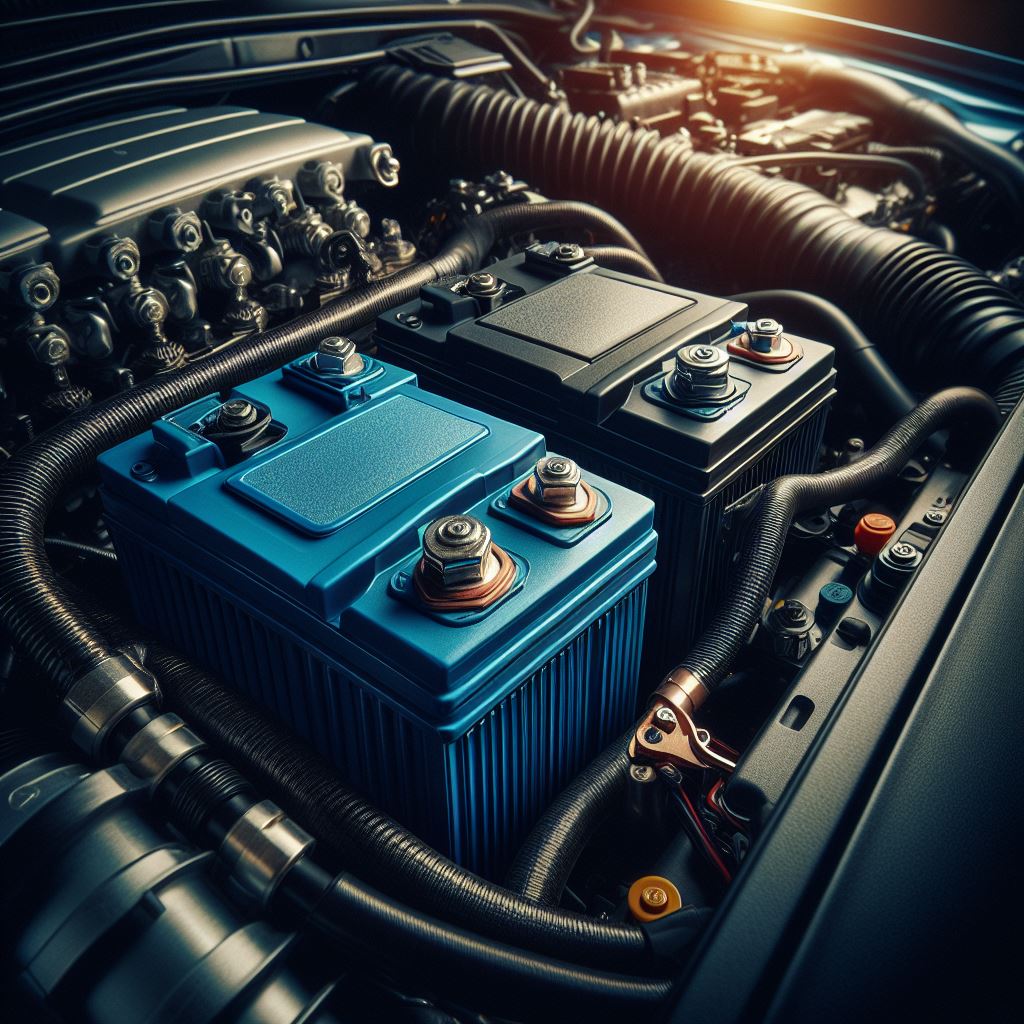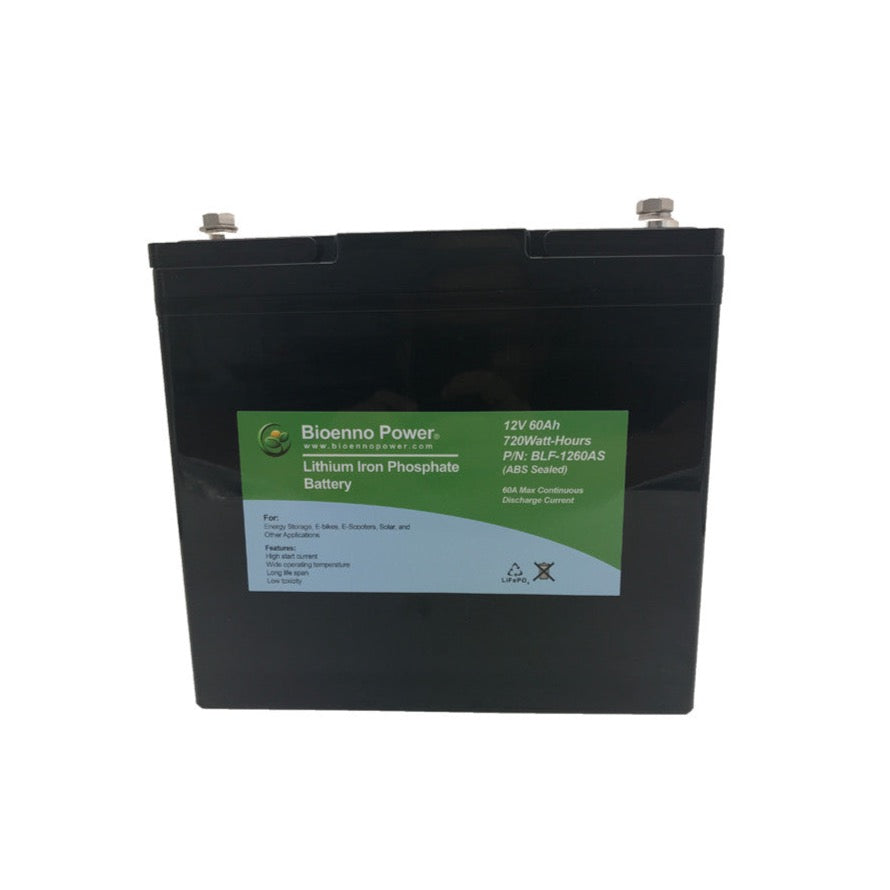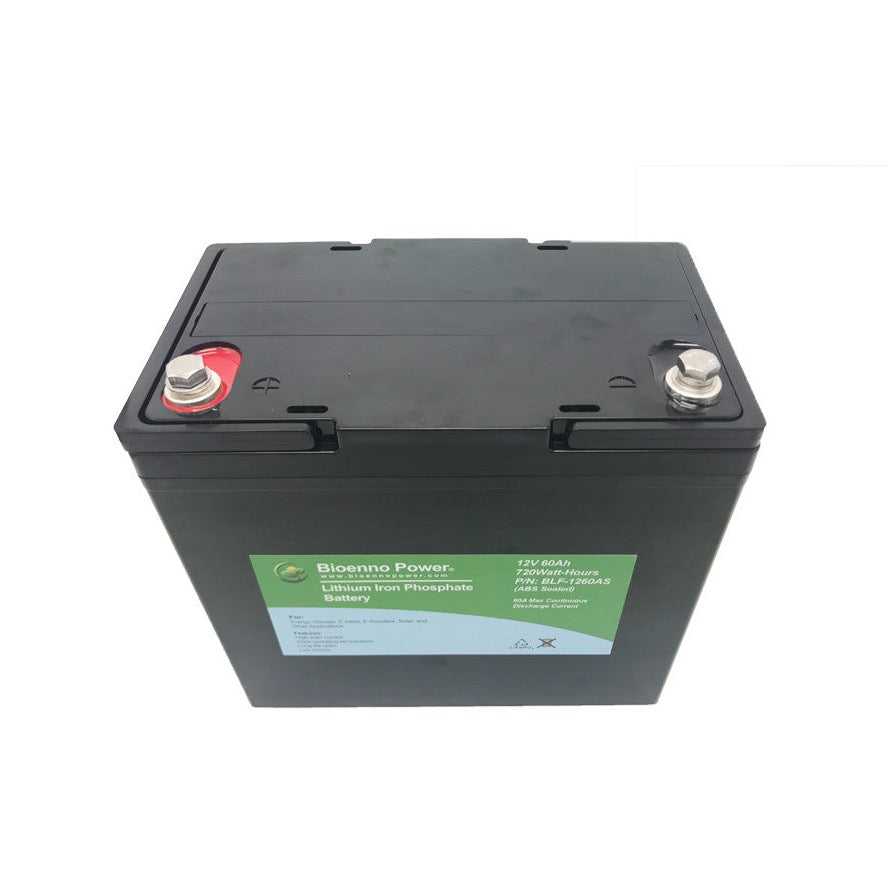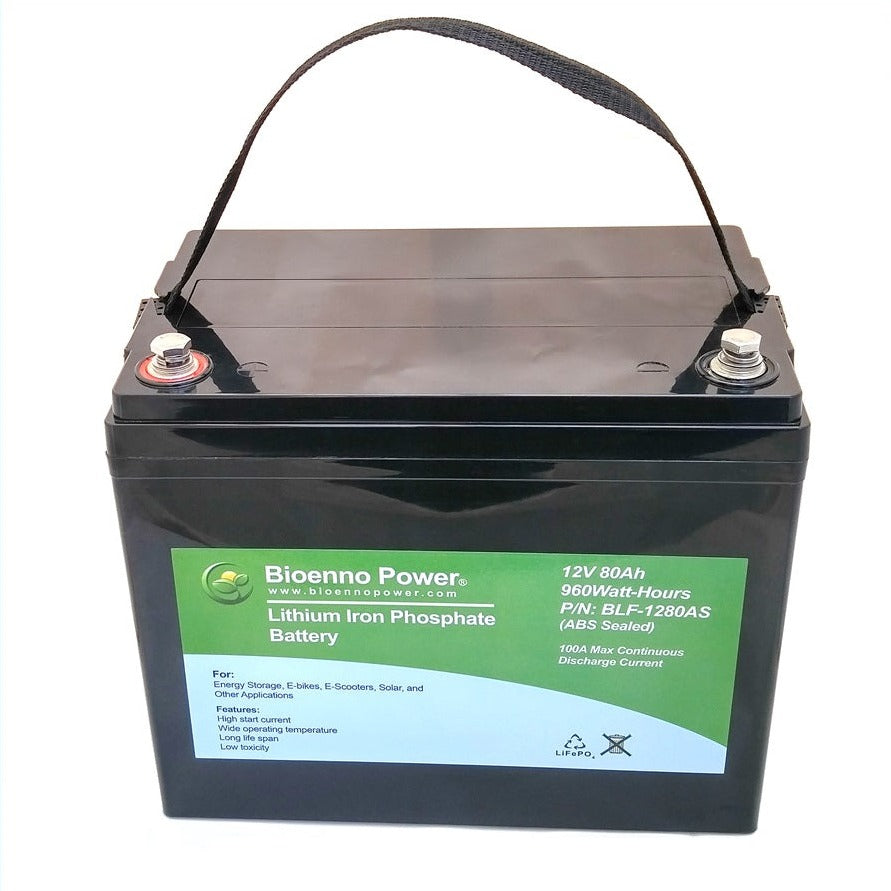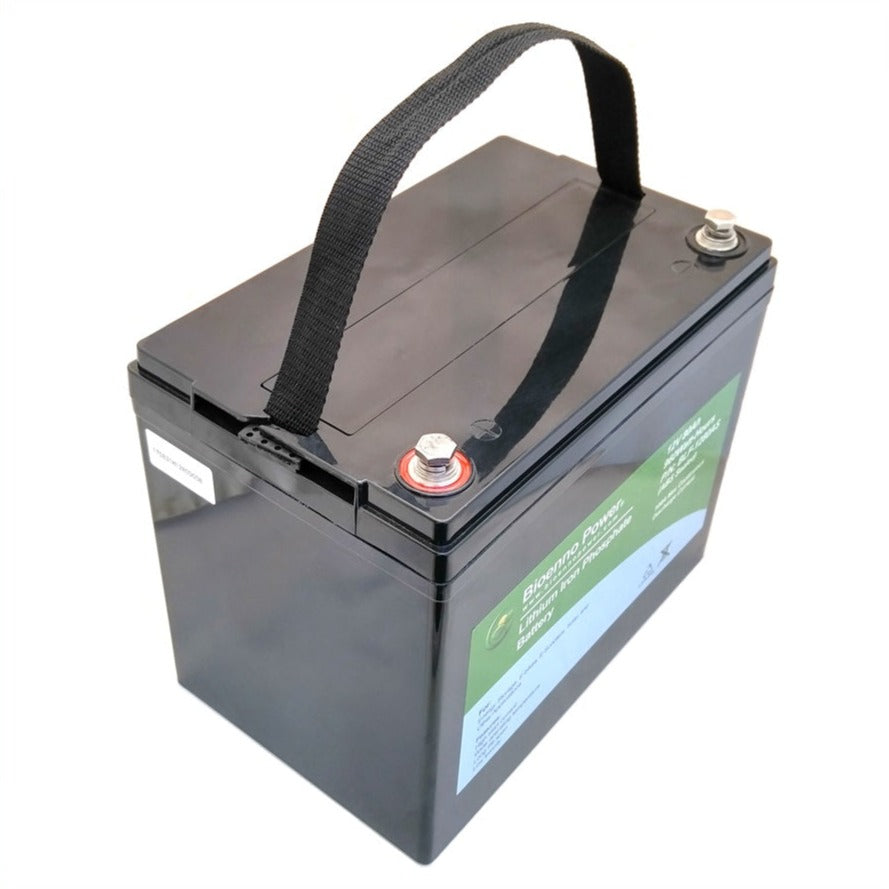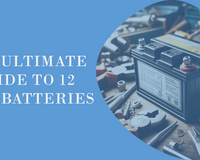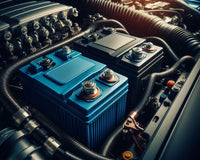What Are Starting Batteries?
Starting batteries are designed to deliver a quick, high-power output necessary to crank and start an engine. The primary function of a starting battery is to provide a short burst of high current for a brief period. This is essential for powering the starter motor and ignition system in vehicles like cars and motorcycles. Starting batteries have thinner plates and a larger surface area to facilitate this rapid energy discharge.
What Are Deep Cycle Batteries?

In contrast, deep cycle batteries are engineered for prolonged energy delivery at a lower, steady rate. They're built with thicker plates and a denser active material to withstand deeper discharge cycles. Unlike starting batteries, deep cycle batteries are capable of being discharged down to 20% of their capacity, making them ideal for powering electrical appliances and accessories in RVs, boats, and as storage in solar power systems.
Key Differences Between Deep Cycle and Starting Batteries

The main distinctions between these two types of batteries lie in their construction and intended purpose:
- Energy Delivery and Capacity: Starting batteries offer quick bursts of energy, whereas deep cycle batteries provide a consistent power supply over extended periods.
- Plate Design: Starting batteries have many thin plates, allowing for a high initial current. Deep cycle batteries feature fewer, thicker plates designed for endurance and repeated deep discharging.
- Depth of Discharge: Deep cycle batteries are designed to be deeply discharged and recharged many times, whereas starting batteries are intended for shallow discharges.
Want more details on the differences, read more here.
Combining Deep Cycle and Starting Batteries: Dual-Purpose Solutions
For applications requiring both quick energy bursts and sustained power delivery, dual-purpose batteries offer a compromise. These batteries attempt to provide sufficient cranking power for starting engines while also being capable of deep discharges, suitable for marine and recreational vehicle use where space and weight savings are crucial.
How to Choose the Right Battery for Your Needs
Selecting the appropriate battery type hinges on understanding your specific energy needs:
- Application Specifics: Determine whether your primary need is engine starting or powering appliances and electronics.
- Load Requirements: Consider the energy consumption of your device or vehicle to select a battery with adequate capacity.
- Environmental Conditions: For marine or outdoor applications, choose batteries designed to withstand harsh conditions.
Maintenance Tips for Longer Battery Life
Proper maintenance can significantly extend the life of your battery, whether deep cycle or starting:
- For Starting Batteries: Ensure terminals are clean, check the charge regularly, and avoid deep discharges. Read the Family Handyman's tips to extend the life of your stater battery.
- For Deep Cycle Batteries: Regularly monitor depth of discharge, recharge promptly after use, and perform equalization charges as recommended by the manufacturer.
Innovations in Battery Technology
Technological advancements, particularly in lithium-ion batteries, are blurring the lines between deep cycle and starting batteries. These newer batteries offer high energy density, longer lifespans, and the ability to handle both deep discharges and high-power starting applications, presenting a promising future for battery technology. See Bioenno Power's full range of LifePO4 batteries here.
Conclusion
Understanding the differences between deep cycle and starting batteries is crucial for choosing the right battery for your application. Whether you need a battery for starting an engine, powering an RV, or storing solar energy, selecting the correct type and maintaining it properly will ensure optimal performance and longevity.

